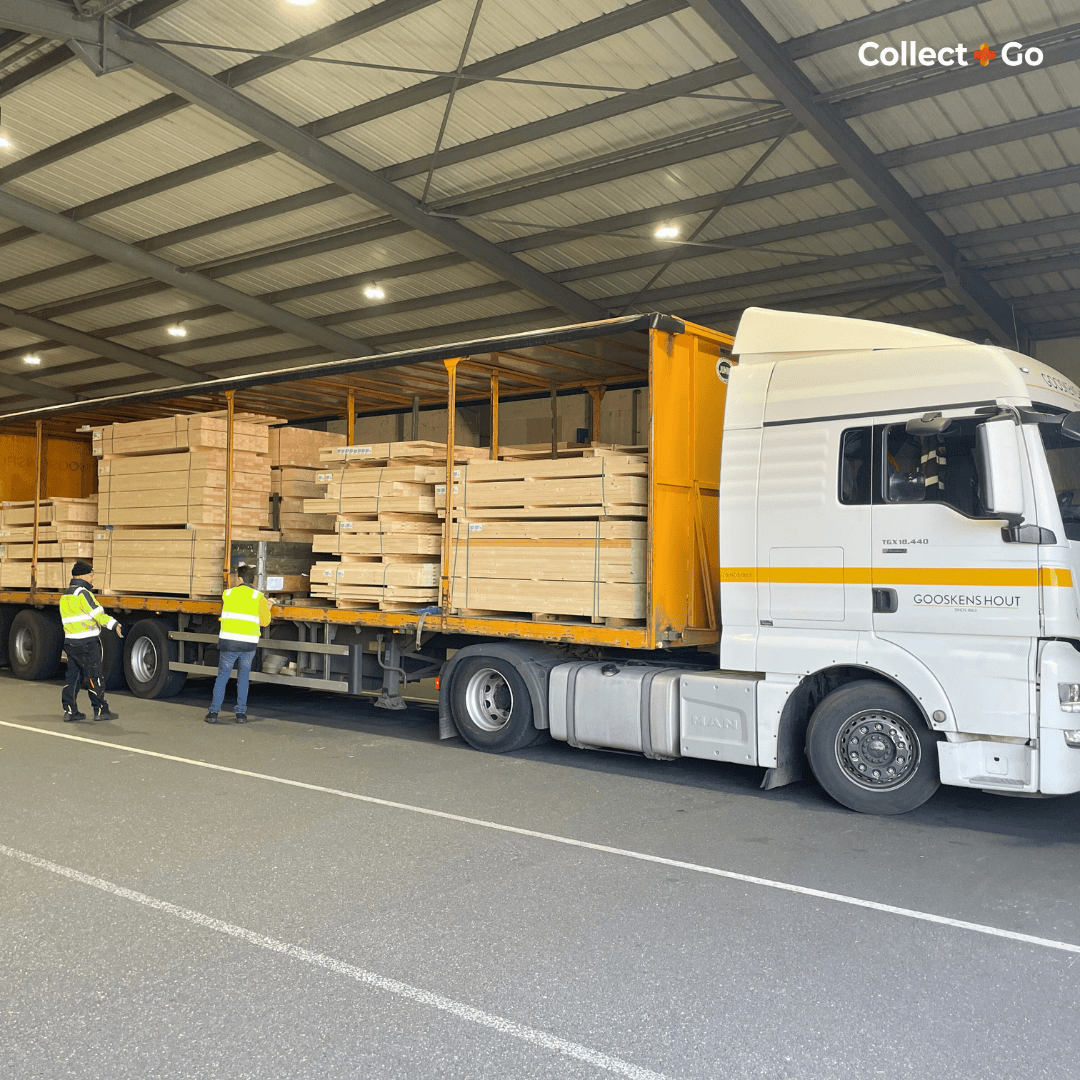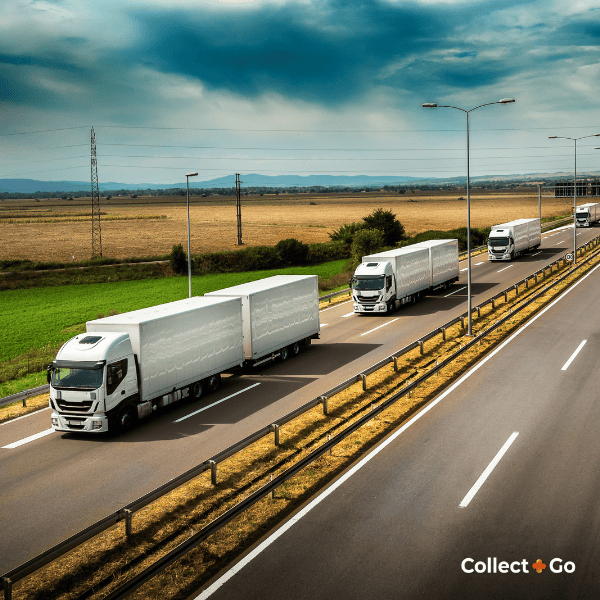The use of the digital consignment note, or e-CMR, is rapidly increasing in the logistics sector. This electronic version of the traditional paper freight document offers companies numerous benefits, including cost savings, more efficient processes, and a more sustainable way of working. But many businesses wonder: What does e-CMR actually cost? In this article, we explain the costs associated with e-CMR—and more importantly—the savings that using digital consignment notes can generate, particularly when it comes to reducing paper usage. Additionally, there are subsidies available that make the transition to digital freight documentation even more financially attractive.
What Is e-CMR?
e-CMR, or the electronic consignment note, is the digital version of the traditional CMR document that is often issued on paper for goods transportation. The system is fully legally recognized under the CMR Convention and allows shipments to be registered and processed digitally. This leads to faster, more efficient, and more accurate handling of transport documents.
The Cost of e-CMR
The cost of using e-CMR can vary depending on the provider and the functionalities you choose. However, there are several key cost components that companies typically encounter when implementing an e-CMR solution:
- Software license or subscription fees – Most e-CMR providers offer their software on a subscription basis, meaning companies pay monthly or annually for access to the platform. Costs may vary depending on the number of users, the features required, and the volume of shipments processed.
- Integration costs – For businesses looking to integrate their current systems with e-CMR software, there may be one-time integration costs. This is often the case when companies already use other transport or administration platforms that need to work seamlessly with the e-CMR system.
- Transaction fees – Some providers charge a small fee per processed shipment or e-CMR. This is especially attractive for companies with a variable number of shipments, as they only pay for what they actually use.
Savings Through e-CMR
In addition to the costs, it’s important to consider the savings e-CMR offers—especially when it comes to reducing paper use. Here are the main ways e-CMR can help companies save money:
- Savings on paper and storage – Traditional paper freight documents require large amounts of paper and incur storage costs for archiving. By switching to e-CMR, companies can significantly reduce expenses related to printing, storing, and managing paper documents. Furthermore, digital documents eliminate the need for physical storage space.
- Efficiency and speed – e-CMR speeds up the processing of transport documents, as data can be shared in real time with all parties involved—such as the sender, carrier, and recipient. This reduces delays caused by waiting for paper documents and allows for faster handling of shipments.
- Avoiding administrative errors – Paper-based consignment notes can lead to mistakes, such as illegible signatures or incorrect information. Digital freight documentation minimizes these risks, which means less time and money spent on correcting errors. This contributes to smoother operations and avoids costly delays or misunderstandings.
- Sustainability and environmental benefits – Switching to digital freight documents reduces paper consumption—not only cutting costs but also positively impacting the environment. Less paper means less waste and a smaller ecological footprint, which is becoming increasingly important in the logistics sector.
- 90% in Cost Savings – Various studies show that a paper freight document can cause up to €4.50 in administrative costs throughout the supply chain. With e-CMR, you can save up to 90% or more on these costs.
Why Is e-CMR Worth the Investment?
Although there are some initial costs involved in implementing e-CMR, the long-term benefits are clear. Businesses can achieve substantial savings by eliminating paper usage, streamlining operations, and reducing administrative errors. Additionally, e-CMR plays a crucial role in making business processes more sustainable, which offers both financial and ecological advantages. With the availability of subsidies, the transition to digital consignment notes becomes even more cost-effective.
Availability of Subsidies
In addition to the cost savings that e-CMR offers, subsidies are available for companies that want to invest in digital solutions like e-CMR. Governments often provide financial support to businesses that transition to digital processes in an effort to modernize and make the logistics sector more sustainable. Applying for these subsidies can significantly reduce the initial investment and make e-CMR even more attractive.
Tags: e-CMR, digital consignment note, electronic freight document, digital freight note, e-CMR cost, freight software, e-CMR savings, paper reduction logistics, paperless freight document, logistics efficiency, real-time tracking, CMR Convention, digital freight solution, sustainable logistics, prevent admin errors, transport digitalization, e-CMR subsidies





